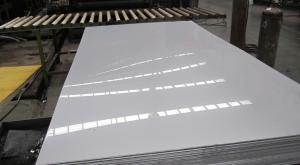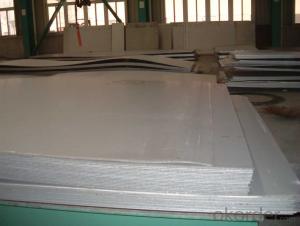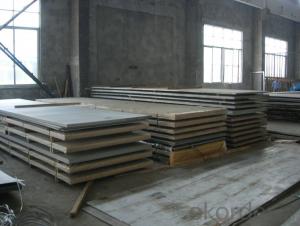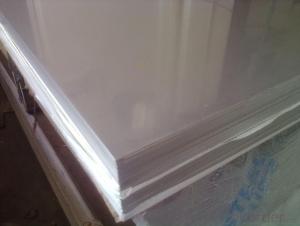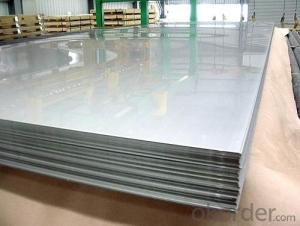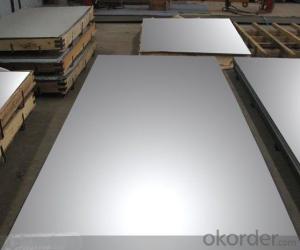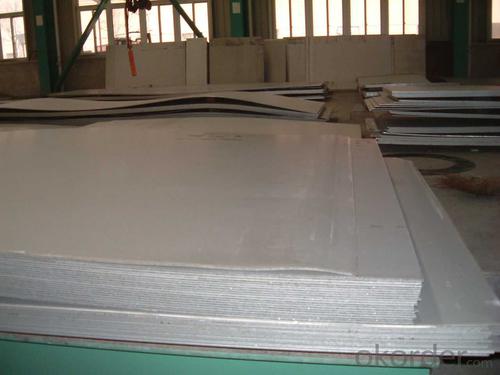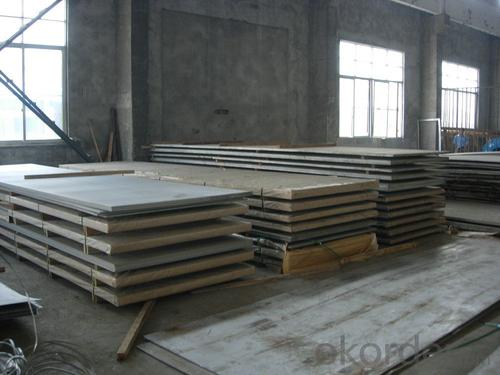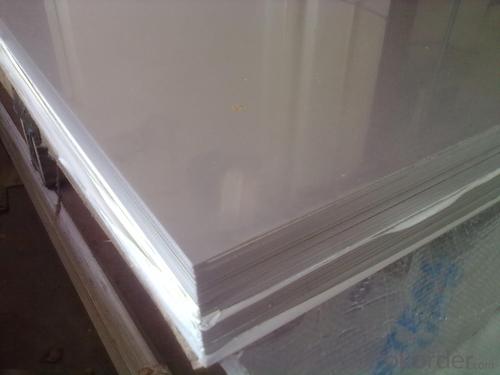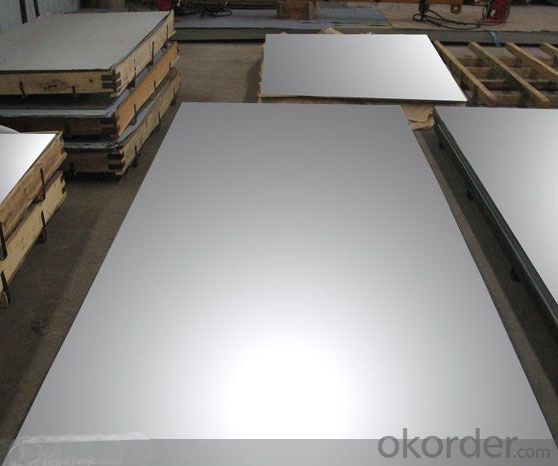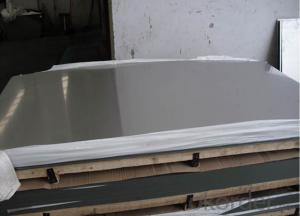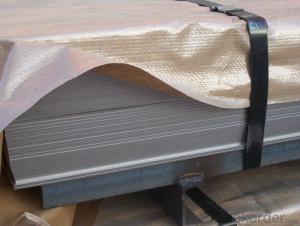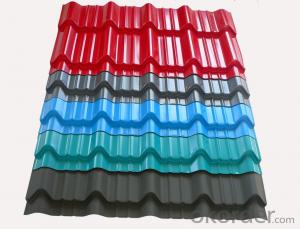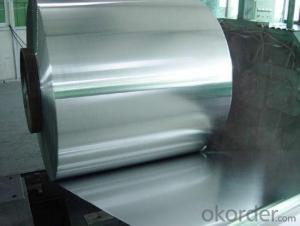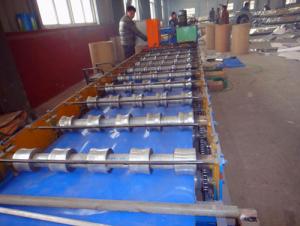Stainless Steel sheet with best polishing treatment
- Loading Port:
- Shanghai
- Payment Terms:
- TT OR LC
- Min Order Qty:
- 10000 m.t.
- Supply Capability:
- 5000000 m.t./month
OKorder Service Pledge
OKorder Financial Service
You Might Also Like
Hot sale stainless steel sheet 201/202/304/304l/316/316l/430 in china alibaba
Description of Stainless Steel Sheet:
Description | steel sheet,hot rolled steel sheet,cold rolled steel sheet, steel sheet,sheet,steel plate |
Standard | ASME, ASTM, EN ,BS,GB,DIN, JIS etc |
Application | Steel sheet applies to construction field, ships building industry, petroleum & chemical industries, war and electricity industries, food processing and medical industry, boiler heat exchanger, machinery and hardware fields. |
Packaging | Standard export sea-worthy packing |
Delivery time | 10-30 days |
Quality | No.1 |
Productivity | 500 tons/Day |
Note | Our company has cooperative relation between the domestic agents. Stainless steel sheet can be made accordingto the customers requirements. Fasten delivery. Quality assured. |
Contacts | If you have any question,please feel free contact me. |
Stainless steel sheet surface finish characteristics
Surface finish | Characteristics and application |
2B | The surface brightness and flatness of no2B is better than no2D. then through a special surface treatment to improve its mechanical properties,No2B could nearly satisfy comprehensive uses. |
No.1 | Polished with abrasive belt of grit#100-#200, have better brightness with discontinuous coarse stria, used as inner and external ornaments for building, electrical appliances and kitchen utensils etc. |
No.4 | Polished with abrasive belt of grit #150-#180,have better brightness with discontinuous coarse stria, but thinner than No3, are used as bathtub buildings inner and external ornaments electrical appliances kitchen utensils and food processing equipment etc. |
HL | Polished with abrasive belt of grit #150-#320 on the NO.4 finish and has continuous streaks, mainly used as buildings ornaments elevators, door of building, frontal plate etc. |
BA | Cold rolled, bright annealed and skin-passed, the product have excellent brightness and good reflexivity like mirror, kitchen apparatus, ornament etc. |
8K | The product have excellent brightness and prefer reflexivity can to be the mirror. |
Main Features of stainless steel sheet :
•Escalator, Elevator, Doors
•Furniture
•Production tools, Kitchen appliances, freezers, cold rooms
•Auto Parts
•Machinery and Packaging
•Equipment and Medical devices
•Transport system
Product Details:
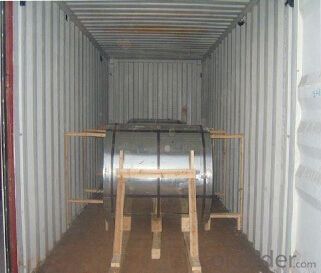
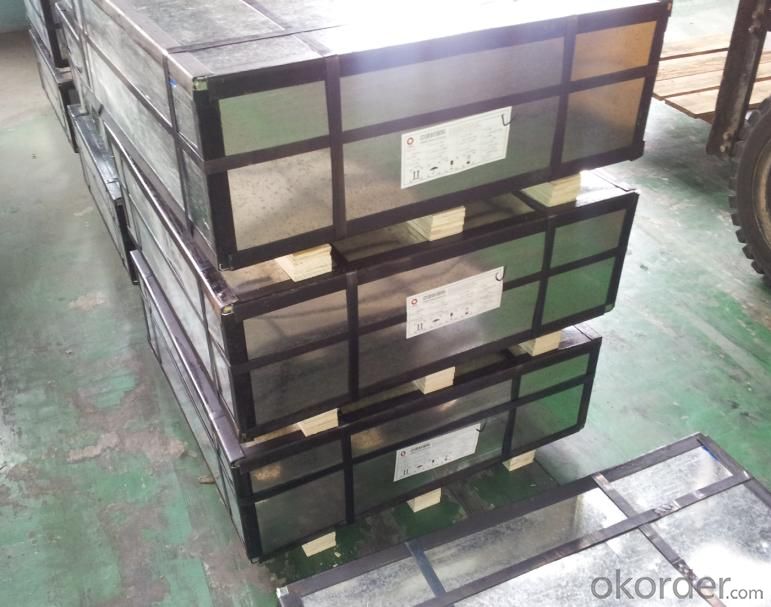
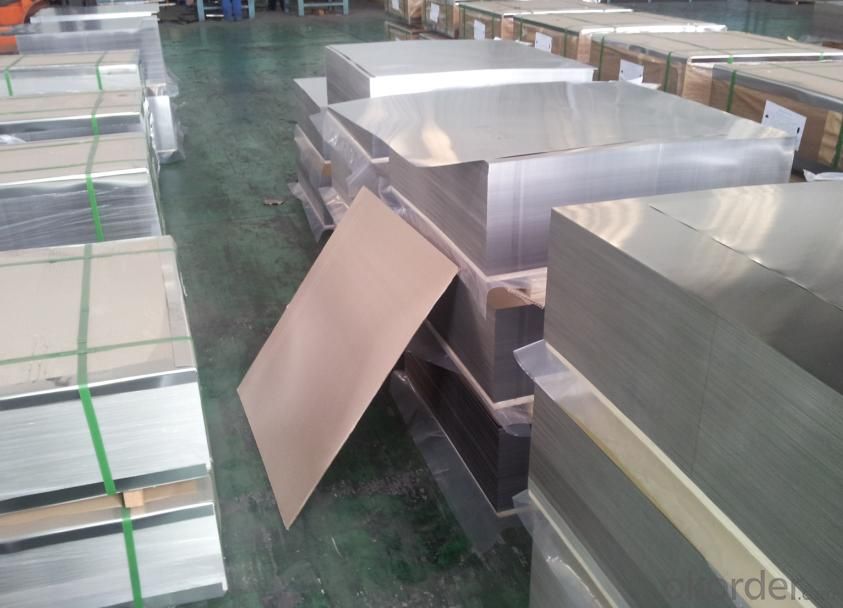
Sandard Seaworth Packing(wooden packing with water proof paper)
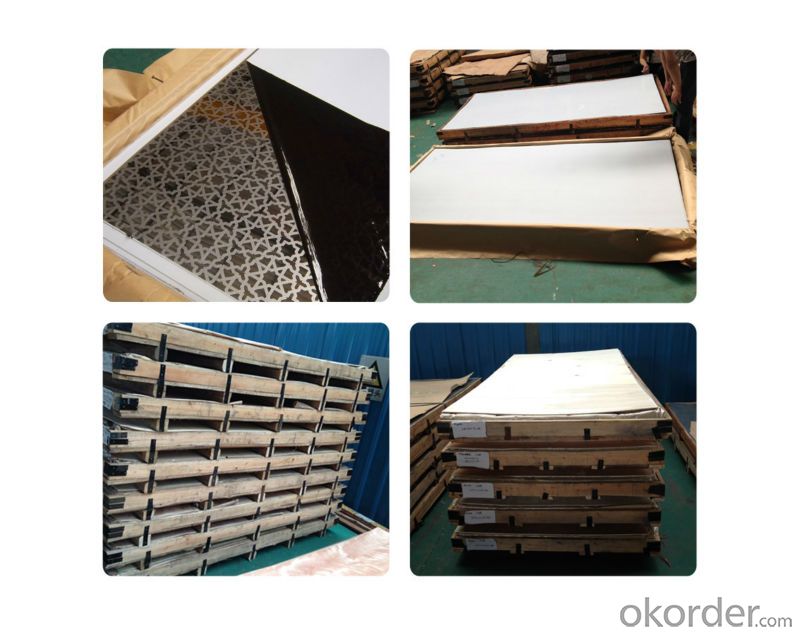
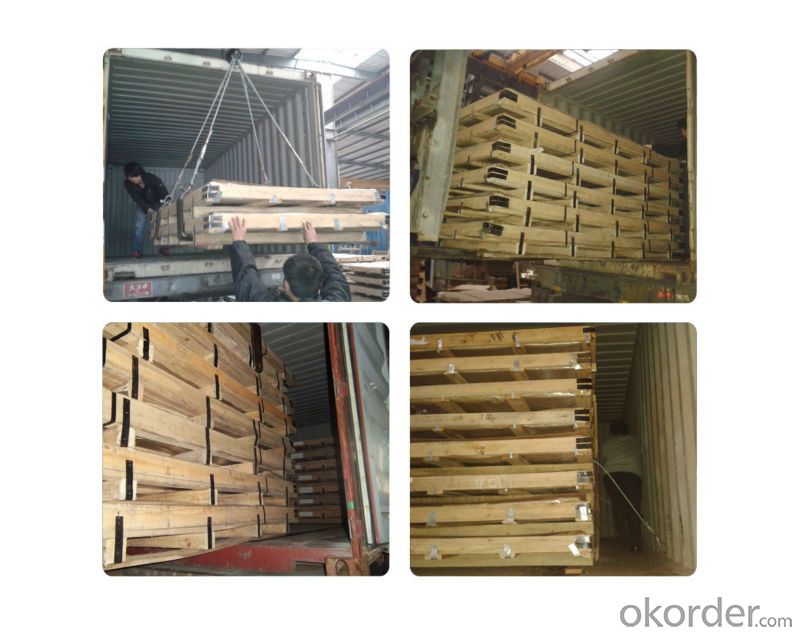
What's the quality?
very fine
How long get reply?
within 24 hours
If you have any question about stainless steel sheets,donot forget to sending the email to Us! You will get the competitive Price and have a very good experience about the Buying Process! CNBM International Corporation is always your trustful friend!
- Q: Are stainless steel sheets suitable for outdoor sculptures?
- Yes, stainless steel sheets are highly suitable for outdoor sculptures. Stainless steel is a durable and corrosion-resistant material, making it ideal for withstanding harsh outdoor conditions. It is resistant to rust, staining, and fading, making it a low-maintenance choice for outdoor sculptures. Additionally, stainless steel has a sleek and modern appearance, which can enhance the aesthetic appeal of outdoor artworks. Its strength and malleability also make it suitable for creating intricate and detailed sculptures. Therefore, stainless steel sheets are an excellent choice for outdoor sculptures, ensuring longevity and enhancing their visual impact.
- Q: How do you attach stainless steel sheets to a wall?
- There are various methods available for attaching stainless steel sheets to a wall. Consider the following options: 1. Utilize adhesive: Apply a specialized construction adhesive for metal bonding onto the rear surface of the stainless steel sheet. Press the sheet firmly against the wall and maintain pressure until the adhesive cures. This technique suits smaller and lighter stainless steel sheets. 2. Implement screw fasteners: Drill holes through both the stainless steel sheet and the wall at regular intervals. Use stainless steel screws suitable for the sheet thickness and wall material. Insert the screws into the holes and tighten them until the sheet is securely affixed to the wall. This method is effective for larger and heavier stainless steel sheets. 3. Opt for magnetic mounting: If the stainless steel sheet possesses magnetic properties, you can employ magnets to attach it to a metal wall. Place strong magnets on the back of the sheet, aligning them with magnets on the wall. The magnets will hold the sheet in position, allowing for easy installation and removal. 4. Consider panel mounting systems: Some manufacturers offer specialized panel mounting systems specifically designed for stainless steel sheets. These systems typically consist of brackets or clips that attach to the back of the sheet and then hook onto a track or rail system mounted on the wall. This method ensures a secure and visually pleasing attachment solution. When attaching stainless steel sheets to a wall, it is crucial to ensure that the wall surface is clean, dry, and properly prepared. This will optimize adhesion and prevent potential issues. Additionally, always adhere to the manufacturer's instructions and guidelines for the specific method or product being employed.
- Q: What are the specifications of stainless steel plates? Are they the same width?
- Generally look at the thickness of 0.3-3.0mm, width of 1000/1219/1500. Thickness of 3 or more, with 1240/1250/1500/1800/2000 width. It can be cut as required.... So the purchase is still more flexible.
- Q: Are stainless steel sheets suitable for fire-rated applications?
- Yes, stainless steel sheets are suitable for fire-rated applications. Stainless steel is known for its high resistance to heat and fire, making it a reliable choice for fire-rated applications. It has a high melting point and does not easily deform or lose its structural integrity when exposed to high temperatures. Additionally, stainless steel does not combust or release toxic fumes when heated, which is crucial in fire-rated applications where safety is a top priority. Stainless steel sheets are commonly used in fire-resistant doors, walls, and other structural components to enhance fire resistance and protect against the spread of flames.
- Q: What is the difference between cold rolled and hot rolled stainless steel sheets?
- The manufacturing process and resulting surface finish are the primary factors that differentiate cold rolled and hot rolled stainless steel sheets. Cold rolled stainless steel sheets are made by rolling the steel at room temperature. This involves passing the steel through a series of rollers to reduce its thickness and achieve the desired shape. Cold rolling results in a smoother and more refined surface finish, with fewer surface defects and a tighter tolerance on thickness. Additionally, the process enhances the strength and hardness of the stainless steel sheet. On the other hand, hot rolled stainless steel sheets are produced by heating the steel above its recrystallization temperature and then rolling it through a series of rollers. This method is typically carried out at a higher temperature than cold rolling, resulting in a rougher surface finish. Hot rolling is commonly used for thicker sheets and leads to a more variable thickness and hardness compared to cold rolling. Regarding applications, cold rolled stainless steel sheets are commonly utilized in industries that require precise measurements, such as automotive, aerospace, and construction. The smoother surface finish makes them suitable for applications where aesthetics and surface quality are important. Conversely, hot rolled stainless steel sheets are often employed in applications that prioritize strength and durability, such as structural components in buildings, industrial machinery, and equipment. In conclusion, the main distinctions between cold rolled and hot rolled stainless steel sheets lie in the manufacturing process, resulting surface finish, and their respective applications. Cold rolled sheets offer a smoother surface finish and tighter thickness tolerance, while hot rolled sheets have a rougher surface finish and are more suitable for applications requiring strength and durability.
- Q: Can stainless steel sheets be painted?
- Yes, stainless steel sheets can be painted. However, it is important to properly prepare the surface before painting to ensure good adhesion and longevity of the paint. The stainless steel surface should be cleaned and degreased thoroughly, and any existing rust or oxidation should be removed. A primer specifically formulated for use on metal surfaces should be applied to promote adhesion, followed by a high-quality paint designed for metal. It is also recommended to apply a clear coat or sealer to protect the paint finish. Keep in mind that regular maintenance may be required to maintain the appearance of the painted stainless steel sheets, as the paint may chip or wear over time.
- Q: What are the different types of stainless steel sheets available?
- There are several different types of stainless steel sheets available in the market, each with its own unique properties and applications. Some of the most common types include: 1. Austenitic Stainless Steel Sheets: This type of stainless steel is the most widely used and offers excellent corrosion resistance, high strength, and good formability. It is commonly used in kitchen equipment, food processing plants, and pharmaceutical industries. 2. Ferritic Stainless Steel Sheets: Ferritic stainless steel sheets have a higher chromium content and lower carbon content compared to austenitic stainless steel. They are known for their excellent resistance to stress corrosion cracking and are often used in automotive applications, architectural structures, and appliances. 3. Martensitic Stainless Steel Sheets: Martensitic stainless steel sheets have a higher carbon content compared to other types, which gives them high strength and hardness. They are commonly used in applications requiring wear resistance, such as cutlery, surgical instruments, and turbine blades. 4. Duplex Stainless Steel Sheets: Duplex stainless steel sheets have a mixed microstructure of austenite and ferrite, which provides them with a combination of high strength and excellent corrosion resistance. They are often used in chemical processing plants, oil and gas industries, and marine environments. 5. Precipitation Hardening Stainless Steel Sheets: Precipitation hardening stainless steel sheets are heat-treatable and offer high strength and corrosion resistance. They are commonly used in aerospace applications, defense equipment, and high-performance industries. It's important to consider the specific requirements of your project or application when choosing the type of stainless steel sheet, as each type has its own set of properties and advantages.
- Q: Can stainless steel sheets be used for decorative signage?
- Indeed, decorative signage can be fashioned from stainless steel sheets. This highly adaptable material presents a sophisticated and contemporary look, rendering it a favored option for diverse purposes, including signage. Its robustness and immunity to corrosion make it fitting for employment both indoors and outdoors. Stainless steel sheets can undergo laser cutting, engraving, or etching to produce elaborate patterns, logos, or lettering, thereby offering boundless potential for decorative signage creation. Whether intended for commercial, residential, or public areas, stainless steel sheets offer an elegant and enduring resolution for decorative signage needs.
- Q: What brand of stainless steel plate is good?
- 201 and 202 stainless steel plate Lianzhong good, 304 cold rolled and Zhangpu new hot, TISCO good, 321, 309S, 310S of TISCO, specifically to see what material in which, stainless steel also has a lot of knowledge.
- Q: What is the tensile modulus of stainless steel sheets?
- The tensile modulus of stainless steel sheets varies depending on the grade and specific composition of the stainless steel. However, stainless steel is generally known for its high tensile strength and excellent mechanical properties. The tensile modulus of stainless steel sheets typically ranges from 180 to 200 GPa (Gigapascals), which is significantly higher than most other materials commonly used in engineering and construction. This high tensile modulus makes stainless steel sheets ideal for applications that require strength, durability, and resistance to corrosion.
Send your message to us
Stainless Steel sheet with best polishing treatment
- Loading Port:
- Shanghai
- Payment Terms:
- TT OR LC
- Min Order Qty:
- 10000 m.t.
- Supply Capability:
- 5000000 m.t./month
OKorder Service Pledge
OKorder Financial Service
Similar products
Hot products
Hot Searches
Related keywords
